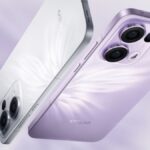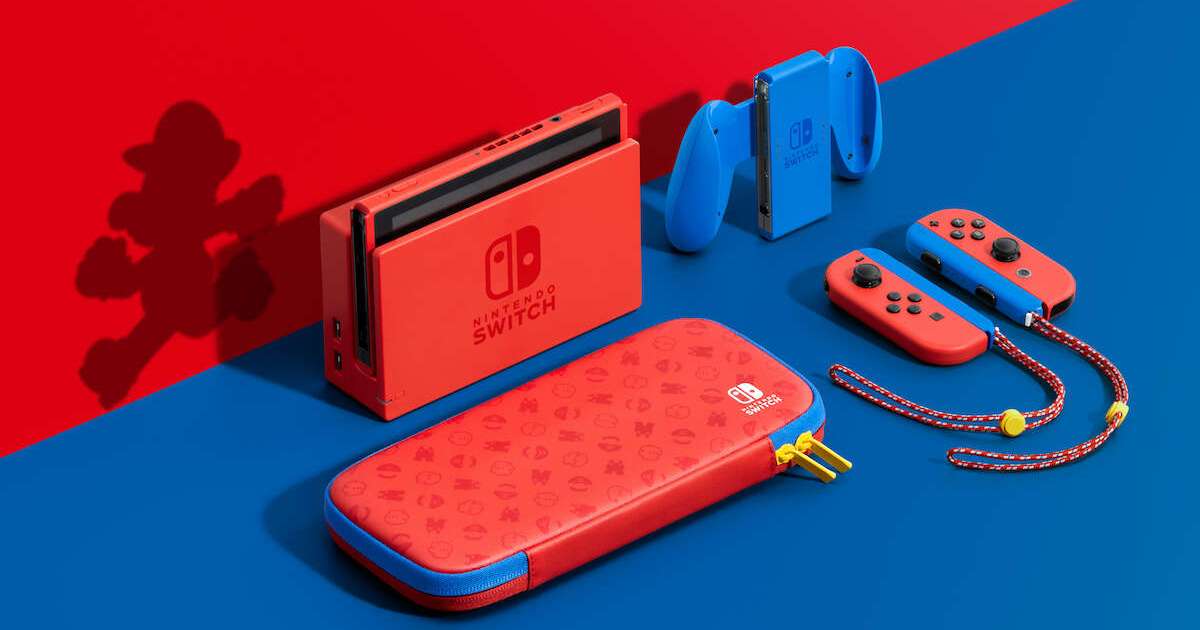Nintendo wasn’t the first video game console on the market, but it certainly defined it as what we know it to be today. Starting with the NES and currently anticipating the Switch 2, Nintendo has stacked each of its systems with some of the best franchises in gaming. Nintendo is all over the list of the best consoles of all time, but what about pitting Nintendo against itself? Between the home consoles and handhelds, Nintendo has released more consoles than any other company. Determining what console is superior comes down to a lot of factors, but the most important one is how much fun we had with them. A console could be the most powerful piece of technology in the world, but that doesn’t the games more fun or influential. The best Nintendo consoles not only had great games but pushed the medium of games further.
10. Virtual Boy
There should be no surprises here. The Virtual Boy is categorically the worst console Nintendo has ever released. It had a nugget of a great idea but neither the technology nor the games to bring it to reality (or virtual reality, for that matter). The black and red screen alone would be a death sentence for a console you’re meant to wear on your face, but that’s only the start of this system’s problems. It was a headset that couldn’t be worn on your head, it had a strange controller, and barely a dozen games ever came out for it. Of the games released, only one or two is seen as great. Every other Nintendo console has at least a small section of the audience that champions it, but not the Virtual Boy.
9. Wii U

Put your pitchforks down. No, the Wii U was not a terrible console. It had so much potential, and perhaps the second best library of games of any Nintendo system, but it failed to properly communicate what it was. The gamepad controller is a great idea poorly executed. We’ve seen Nintendo innovate with dual screens before, but this form factor just didn’t sit well with audiences. It also hurt that only a handful of titles fully took advantage of that new control scheme and made some genuinely innovative games we’d never seen before. Other games, which were still fantastic, either left the gamepad screen as an afterthought or ignored it completely. We don’t need any more proof than seeing all the Wii U games become massive sellers on the Switch to know that it had the stuff in terms of games. It was just everything else that fell short.
8. GameCube

The GameCube is the only time where Nintendo felt more like a follower than a leader. It had no special gimmick or trick, which isn’t necessary but does give it a lack of a distinct identity compared to its contemporaries. It was just a better, prettier N64 from that aspect. However, it did have a fantastic library. Unlike the N64’s dearth of games, the GameCube is packed with titles, and almost all of them are worth playing. Many classic games from this era are still called back to and even remastered or remade. Despite such a strong first-party lineup, the console itself didn’t catch on like most Nintendo hardware but has earned itself a cult status.
7. Game Boy Advance

The Game Boy Advance is to the Game Boy as the GameCube is to the N64. By that, we mean it is everything its predecessor was, only upgraded. Still, this was such a needed improvement over the original Game Boy’s technology that it felt like a full generational leap. Where the original was doing its best to be a portable NES, the GBA crushes it as a portable SNES. Games looked stunning on the new hardware, and plenty of new franchises flourished on the handheld that would go on to become blockbuster series. It also built upon the Game Boy’s linking system to directly connect with the Game Cube as an early example of Nintendo experimenting with dual screen play.
6. NES

As important to video game history as the NES is, we also have to accept the fact that it was during an era where games were still going through a lot of growing pains. Even some of Nintendo’s own games feel a bit too clunky and primitive to fully enjoy today, despite how revolutionary they were at the time. On the other hand, we have the NES to thank for the birth of so many of the greatest franchises we still enjoy today, from Super Mario Bros. to The Legend of Zelda. It also had perhaps the greatest cultural impact of any console. This once unheard of Japanese company became a household name in the West and is still often used interchangeably with video game.
5. Nintendo 3DS

After the unmitigated success of the DS, Nintendo could have simply iterated once more with a more powerful version of the dual screen system. However, it wasn’t content with that this time around and wanted to keep pushing the limits of gameplay. The glasses-free 3D effect seemed like an impossible claim, and yet Nintendo managed to pull it off. The 3D effect wasn’t a complete game changer, but it didn’t need to be. It was a nice balance of something devs had the option to take advatage of, but wouldn’t be crippled by it if they wanted to make a more traditional game. With the entire DS and GBA library backing it up on top of the fantastic 3DS games, it’s no wonder this system basically wiped out all other handheld competition.
4. Wii

The only system that held more mindshare than the original NES was the Wii. Nintendo needed to find its footing again after both the N64 and GameCube saw sales dropping, and boy did it ever. The Wii saw the company fully abandon the race for better graphics and hardware and go back to what was most important — fun. Motion controls opened the door to every demographic and age group thanks to its intuitive system. If you want to swing a bat, swing. Want to roll a bowling ball? You already know what to do. Wii Sports alone was enough to make this system almost impossible to get for months after release. Sadly, this system was overburdened with shovelware looking to capitalize on its massive audience, but if you stick to the games made by Nintendo and other reputable teams, the Wii is still the perfect system for all players.
3. Game Boy

Taking your games on the go was every kid’s dream, but the best we had were cheap single-game toys to fill that gap. Until the Game Boy appeared, that is. For the first time ever, console-level games were available at our fingertips no matter where we went. Even after other handhelds came onto the scene, only the Game Boy had games that were just as good as what we were playing on the NES. This is where Tetris first appeared, and later its own set of Mario games and the birth of Pokemon. Nintendo supported this system for over a decade with various revisions and minor improvements. Any kid who owned one is sure to have cherished memories of trying to play in the back seat of a car, but only able to see when passing under a streetlight, or sneaking it into school to play under their desk.
2. SNES

Unlike the NES that preceded it or the N64 that followed, the SNES exists in that magical space where it still looks and plays amazing. Nintendo was in its prime with game development, creativity, and feel, and the 16-bit graphics haven’t aged a day. It is a system that feels like every bit of juice was used with nothing wasted. With no gimmick and a great but basic controller, the SNES earns its legendary status on the back of its games. This one console is home to some of the best entries in major franchises, such as Mario, Zelda, Final Fantasy, Donkey Kong, and more. But unlike some NES classics, nearly every single one can be enjoyed today without strapping on any nostalgia goggles.
1. Nintendo Switch

Now that we’re at the end of its life, it is hard to argue against the Switch being the greatest console Nintendo has ever built. This wasn’t a fluke, but the culmination of many factors. After the Wii U had flopped, Nintendo was able to make a quick pivot and take its innovations in a new direction with a hybrid system. This allowed it to consolidate all its development efforts onto one system rather than two, as well as reintroduce all the amazing Wii U games everyone had missed to fill in the gaps. It is almost a fact that the Switch has the best library of games when looking at its exclusives, indies, ports, and growing library of classics on Nintendo Switch Online. Yes, it has some power struggles that put a damper on some games we wish weren’t there, but the games tend to be so good and genre defining that most of us are willing to overlook a few technical warbles.
Read the full article here















